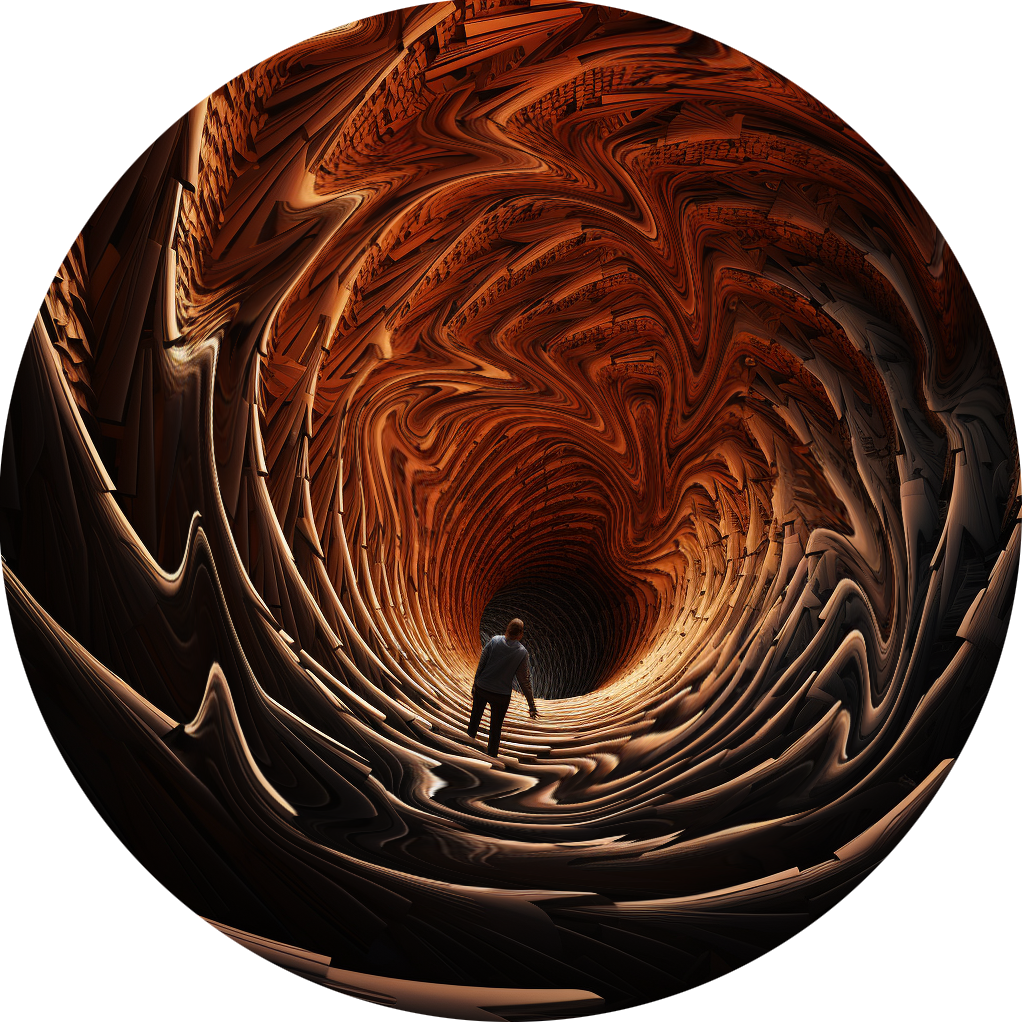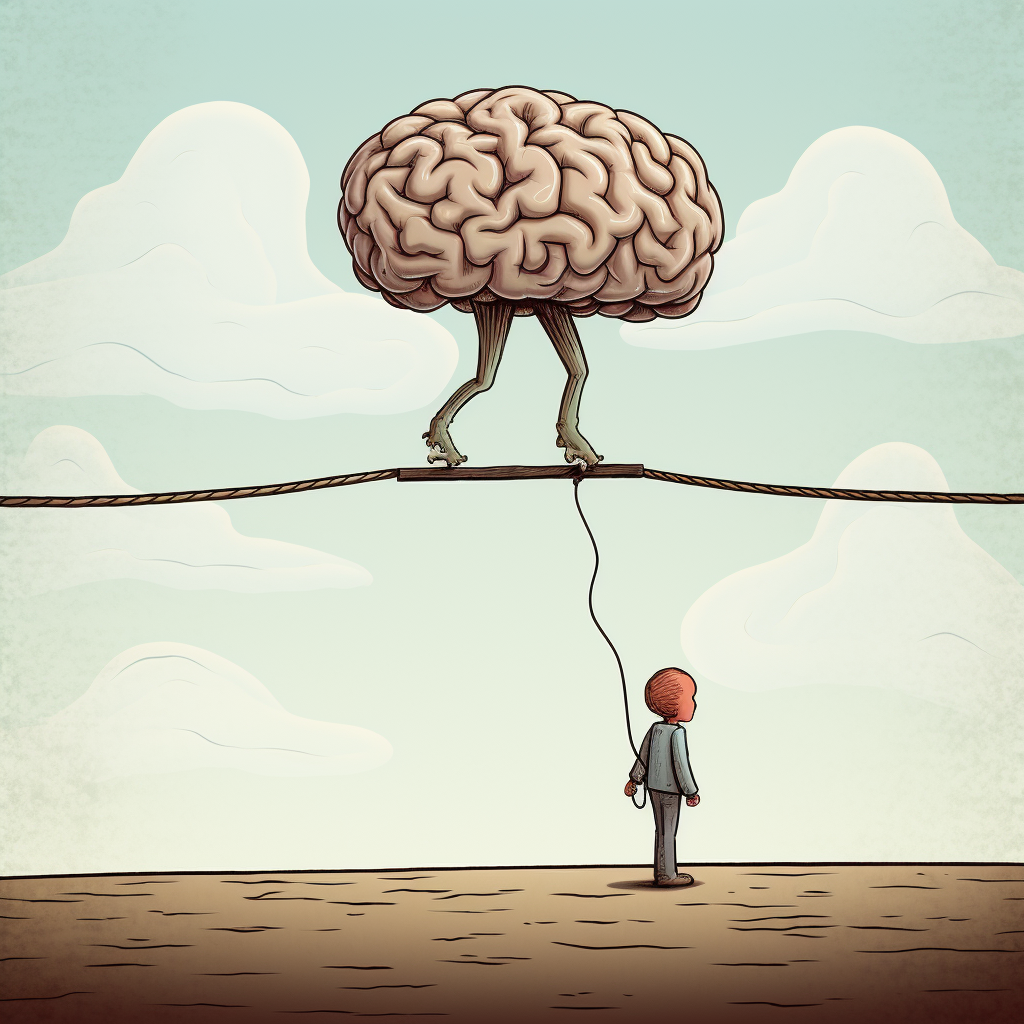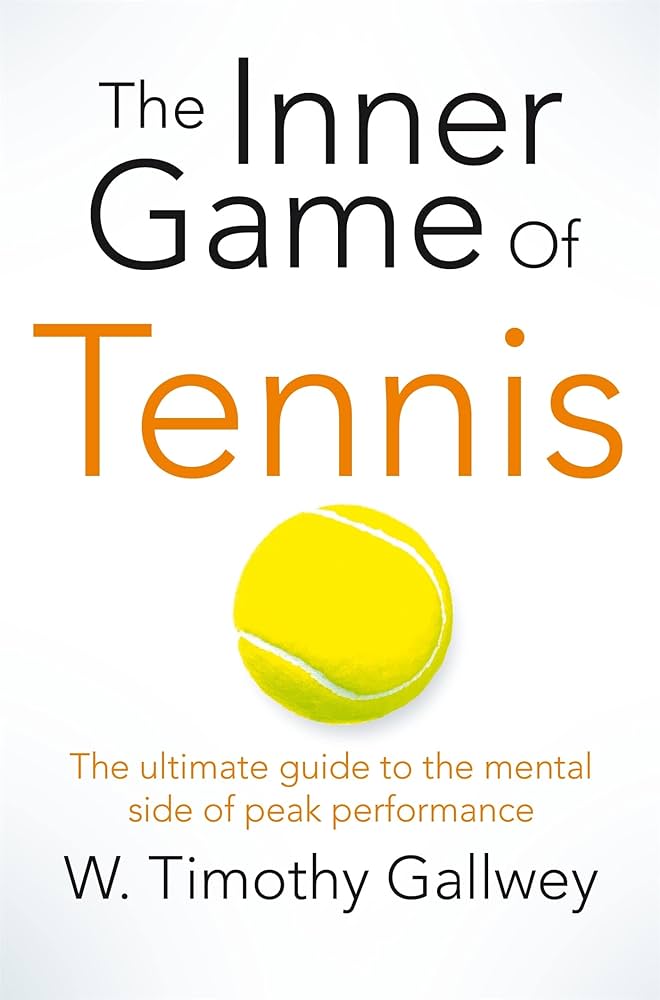Regaining Balance: Dreyfus and My Vestibular System
Therapy for a medical condition has a surprising link to the Dreyfus model.

Ten days ago I woke up in the middle of the night with no idea where up or down was; no indication whether I was lying still; or falling; or spinning. My eyes were moving randomly, and I had no balance. In the end, I sat up by closing my eyes, ignoring my feeling of falling, and using my hands to feel where the matress was.
An hour later I was in the emergency room, rapidly depleting their supply of sick bags while they tried to work out what was going on. An MRI revealed I hadn’t had a stroke, and didn’t have a brain tumor, but I did have a “disease” deep in my sinuses.
All that drama, and I had vertigo from a blockage in my vestibular system.
Twelve hours later, the fairground ride had stopped: if I lay still in bed, the world stayed still as well (and I didn’t throw up; always a plus). However, whenever I moved, the world moved too, but the wrong way. Queasy.
The next day I saw a physical therapist who specialized in vestibular stuff. She did what amounted to an extended field sobriety test before coming up with a diagnosis and a plan of action.
 And that plan? We were going to teach my brain how to balance again.
And that plan? We were going to teach my brain how to balance again.
Apparently your brain is constantly calibrating the various balance-related inputs it receives: the horizon your eyes see, the different pressures on your feet, and the inputs from the gyroscopes and accelerometers in your ears. Normally, everything is pretty much in sync, and only minor adjustments need to get made. Sometimes, though, things go out of whack. If you’re on a boat, your eyes, ears, and feet disagree. Your conscious brain knows why, but your real brain gets upset. Sometimes, it decides you must have eaten (or drunk) something that messed with your nervous system, and it makes you try to throw it up.
And when you get off that boat you may have noticed that, although you’re on solid ground, your body thinks it is still rocking with the waves. You may stumble when you walk, or find yourself closing your eyes to stop the arguments inside your head.
That’s what happened after my incident. My brain recalibrated itself to my faulty vestibular system, updating itself with a whole new set of parameters. So as my feeling returned, my brain was interpreting the signals as if it was still faulty: if I turned my head, or moved my eyes too fast, I’d fall over.
Inner Tennis, Inner Ear
 When I talk about learning, I often describe a documentary I saw a long time ago about W. Timothy Gallwey’s Inner Game of Tennis. Part of the documentary shows him coaching a woman who had problems with her serve. He put a chair on one side of the net, then positioned the student on the other side with a laundry basket full of balls. Her job was to serve balls, but not aim for the chair. Instead, she had to call out where the ball landed in relation to the chair: behind and to the left, in front, and so on. After a hundred balls, he asked her to start hitting the chair, and she did, just about every time. She’d given her brain feedback on how a particular set of muscle movements related to the impact of the ball.
When I talk about learning, I often describe a documentary I saw a long time ago about W. Timothy Gallwey’s Inner Game of Tennis. Part of the documentary shows him coaching a woman who had problems with her serve. He put a chair on one side of the net, then positioned the student on the other side with a laundry basket full of balls. Her job was to serve balls, but not aim for the chair. Instead, she had to call out where the ball landed in relation to the chair: behind and to the left, in front, and so on. After a hundred balls, he asked her to start hitting the chair, and she did, just about every time. She’d given her brain feedback on how a particular set of muscle movements related to the impact of the ball.
And that’s what my therapy is. I have a series of exercises where I move combinations of my head, my eyes, and a target held in my hands. I start slow, and speed up until I feel queasy. Just like the tennis player, I’m teaching my brain how to interpret the signals it’s getting from my eyes and ears. As it learns, the disconnect between the two lessens, and I can go faster before having to stop. Eventually, my brain will internalize the meaning of the signals, and I’ll be able to balance without thinking about it.
Learning is Forgetting
Civilization advances by extending the number of important operations which we can perform without thinking about them
Tennis and vestibular therapy are both great examples of what it means to learn. When we start out doing something, we have no way to make sense of what we’re seeing. We often have to rely on someone else to interpret it for us: “that message means it can’t find the file” or “you’ll find it easier to turn the wheel if you accelerate coming out of the turn.”
Gradually we internalize all these sensations: we start to build context. We then have a framework which we can use both to store new knowledge and to predict outcomes in novel situations.
After a while, we get to the point where we handle all the low-level stuff without consciously thinking about it: we don’t remember driving to the supermarket, we don’t know why we bounced the ball one extra time before serving, we don’t know why the code we just wrote feels wrong.
The Drefus model of skill acquisition provides a useful model of this process. It describes five stages of learning, starting at Novice where you have to be told what to do and process it using explicit concious thought. At the other end of the spectrum is Expert, where you have internalized the knowledge and can act without thinking about it. As you gain experience, you learn to trust your intuition.
The beginner doesn’t know. The expert doesn’t necessarily know why.
After my little episode, I had to treat my brain as a novice at balancing, showing it explicitly what things felt like while reciting out loud what I was doing. After about a week of this, I’m now at the point where I can do most daily activities without thinking about balance.
So much of what we do, both as developers and as people, relies on this intuition. And we can develop this intuition using conscious execises: doing a thing and telling ourselves what we’re doing.
I’ve never been good at (or particularly liked) Sudoku, so that makes it great playground for experimenting; I’m trying to teach my intuition how to play. I look at a board, say out loud what I’m thinking, then make a move. If it is wrong, I say “wrong” and undo it. If it is right, I say “right.”
I’ve been playing three or four games a day for the last few months. To my surprise, I’m starting to be able to fill in squares without thinking about it. It’s still pretty flaky, but my accuracy feels like it’s improving.
